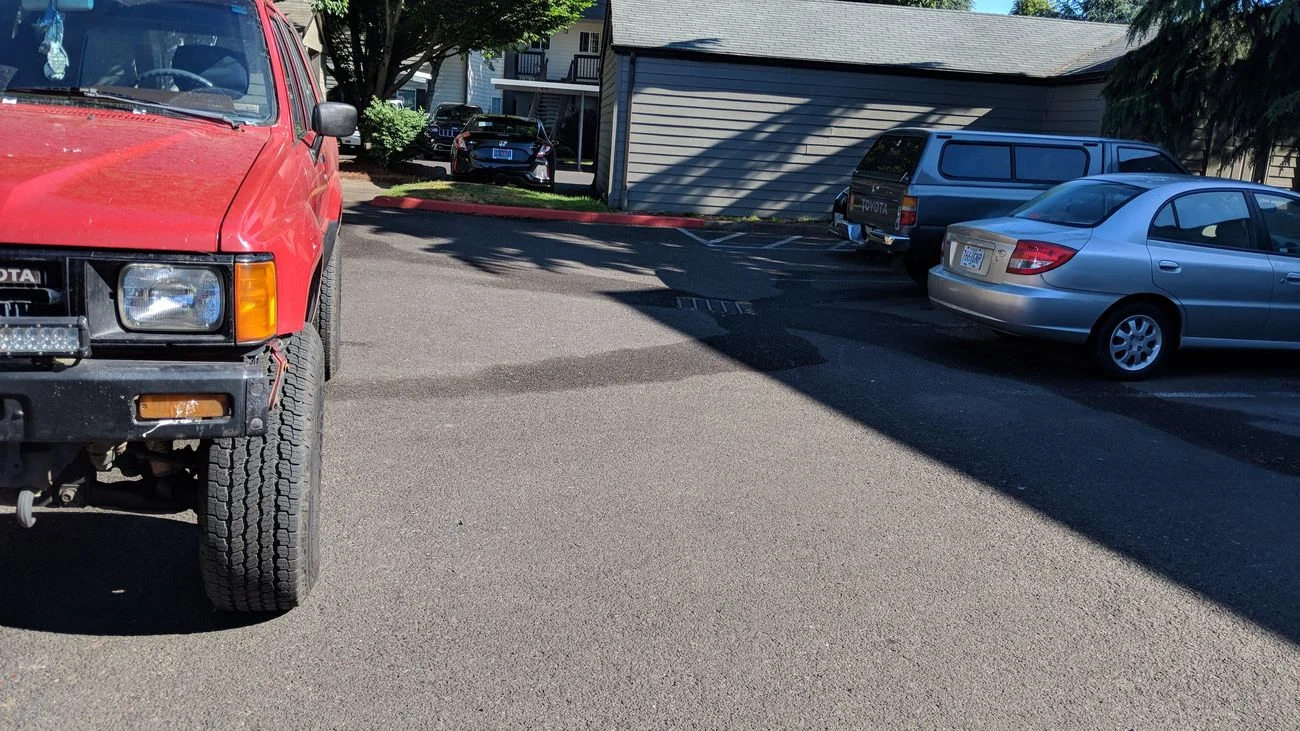ntsqd
technerd
That doesn't mean that the next one ground-on won't fail. Define what a failure is. To me that is anything that results in greater than original caliber body flexing is a failure. This flexing is fatigue failure coming down the rails. This isn't something where you can say "done it all the time, never had a failure" because you don't know where you can and can't remove material from any particular caliper without intimate knowledge of that design.
Said differently, the Scientific Method says that one (1) failure of any type makes the theory invalid. That applies here too. Just because you've never heard of it happening doesn't mean that it hasn't happened or that won't happen or that it has happened and whomever it happened to failed to recognize the source of the problem and didn't report it as a failure.
Looked at yet again differently, the OEMs cut costs where ever they can. Metal costs money. If that metal didn't have a valid engineering reason for being there it would have been removed. Factor in that extra metal on the spindle is a ride quality issue as it is more unsprung weight. If that part could have been made from a lighter metal or contained less metal overall and still been able to do it's job it would be been made that way.
Having spent a lot of time using Finite Element Analysis analyzing caliper body design I can tell you that there are places where a certain body could be thinned down and there are definitely places where they need more material there than other constraints will allow. The locations where wheels categorically tend to rub on caliper bodies are all in the zones of "needs more material there". This is true of both sliding and fixed calipers.
It may not have been noticeable, but those ground-on GM calipers flexed more and that would result in slightly more pedal travel. Where wheels always rub on them is the bridge over the rotor (bad place to grind), the corner transition between the bridge and the 'fingers' holding the outboard brake pad (even worse place to grind), and sometimes the fingers them selves (not a great place to grind, but probably not too bad unless close to the corner transition and then a bad place to grind).
Sorry for the hijack, but people who blindly assume that they can modify something they know nothing about, and that mod results in a safety concern that they are clueless of really gripes my arse.
Said differently, the Scientific Method says that one (1) failure of any type makes the theory invalid. That applies here too. Just because you've never heard of it happening doesn't mean that it hasn't happened or that won't happen or that it has happened and whomever it happened to failed to recognize the source of the problem and didn't report it as a failure.
Looked at yet again differently, the OEMs cut costs where ever they can. Metal costs money. If that metal didn't have a valid engineering reason for being there it would have been removed. Factor in that extra metal on the spindle is a ride quality issue as it is more unsprung weight. If that part could have been made from a lighter metal or contained less metal overall and still been able to do it's job it would be been made that way.
Having spent a lot of time using Finite Element Analysis analyzing caliper body design I can tell you that there are places where a certain body could be thinned down and there are definitely places where they need more material there than other constraints will allow. The locations where wheels categorically tend to rub on caliper bodies are all in the zones of "needs more material there". This is true of both sliding and fixed calipers.
It may not have been noticeable, but those ground-on GM calipers flexed more and that would result in slightly more pedal travel. Where wheels always rub on them is the bridge over the rotor (bad place to grind), the corner transition between the bridge and the 'fingers' holding the outboard brake pad (even worse place to grind), and sometimes the fingers them selves (not a great place to grind, but probably not too bad unless close to the corner transition and then a bad place to grind).
Sorry for the hijack, but people who blindly assume that they can modify something they know nothing about, and that mod results in a safety concern that they are clueless of really gripes my arse.
Last edited:





